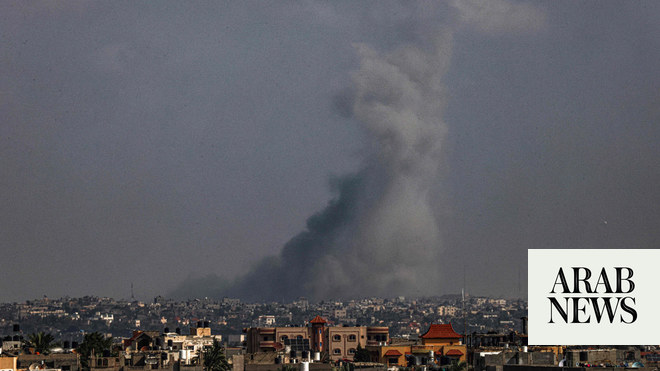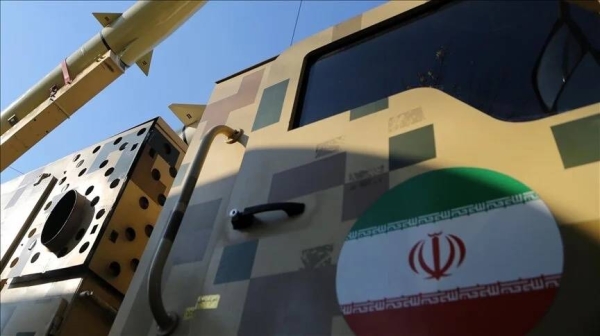
Slow, small and relatively cheap to make, drones have become a deadly headache for Israelis in this year-long war.
Hezbollah’s attack on an army base near Binyamina in northern Israel on Sunday, which killed four men and injured dozens more, was the most damaging drone strike on the country to date.
It’s led to fresh questions about how well-equipped Israel’s hugely expensive air defense system is to stop them.
Visiting the damaged army base on Monday morning, Israeli Defence Minister Yoav Gallant said “significant efforts” were being put into solutions that would prevent future drone attacks.
Some parts of the air defense system work well. Here in northern Israel we hear booms at regular intervals as the Iron Dome intercepts rockets that Hezbollah fires from southern Lebanon. Israel says it hits more than 90% of its targets.
But the Iron Dome works because Hezbollah’s rockets are crude – and it’s possible to calculate where its rockets will go at take-off and then intercept them.
Stopping drones is more complicated. And has in this war become a recurring problem.
In July a drone fired by Yemen’s Houthis reached Tel Aviv. Earlier in October the Israel Defense Forces (IDF) said a drone launched from Iraq killed two soldiers in the Golan Heights. Just last week another drone hit a nursing home in central Israel.
“Most, if not all, of the drones are manufactured by the Iranians and then supplied to the armed groups in Lebanon, Iraq and Yemen,” Dr Yehoshua Kalisky, senior researcher of the Institute of National Security Studies in Tel Aviv, told the BBC.
Drones have a small radar signature and can fly at low altitudes which makes early detection difficult. They can even occasionally be confused for birds.
“They’re also difficult to intercept with aircraft because the UAVs (drones) fly slowly,” Dr Kalisky explained. “They’re going about 200km/h (124mph) compared to 900km/h (559mph) of a jet plane.”
Israeli media reports suggest that on Sunday two Hezbollah drones, most likely Ziyad 107s, crossed from Lebanese airspace above the Mediterranean. One was shot down and the other disappeared – presumed crashed – so no warning siren was triggered. It then went on to hit the canteen of an army base.
But Sarit Zehani from the Alma Research Institute - which specializes in security on the northern border - does not think it was luck that the drones got through.
“It was planned,” she said. “They’ve been trying to do this for a long time.”
Ms Zehani lives 9km from the Lebanese border in western Galilee and saw Sunday’s events unfold from her balcony. She said there was rocket fire and alerts all across the border area as the drones were launched, “overwhelming” the air defence system and helping the drones to get through.
The Alma Research Institute has counted 559 incidents of drones crossing the northern border for surveillance or attack missions since the war began a year ago. Excluding Sunday’s attack on Binyamina, it says there have been 11 casualties from drone attacks.
In addition to the Iron Dome, systems such as Adam’s Sling, Arrow 2 and Arrow 3 are designed to destroy ballistic missiles. And they will soon be bolstered by the arrival of a Terminal High Altitude Area Defence (Thaad) battery from the United States which will be operated by nearly 100 US military personnel.
More permanent solutions to take down drones are currently being developed.
“High powered lasers are being worked on and the other technology is using microwave cannons to burn the drone electronics,” Dr Kalisky said.
She says these technologies should be "available in the very near future”. — BBC












